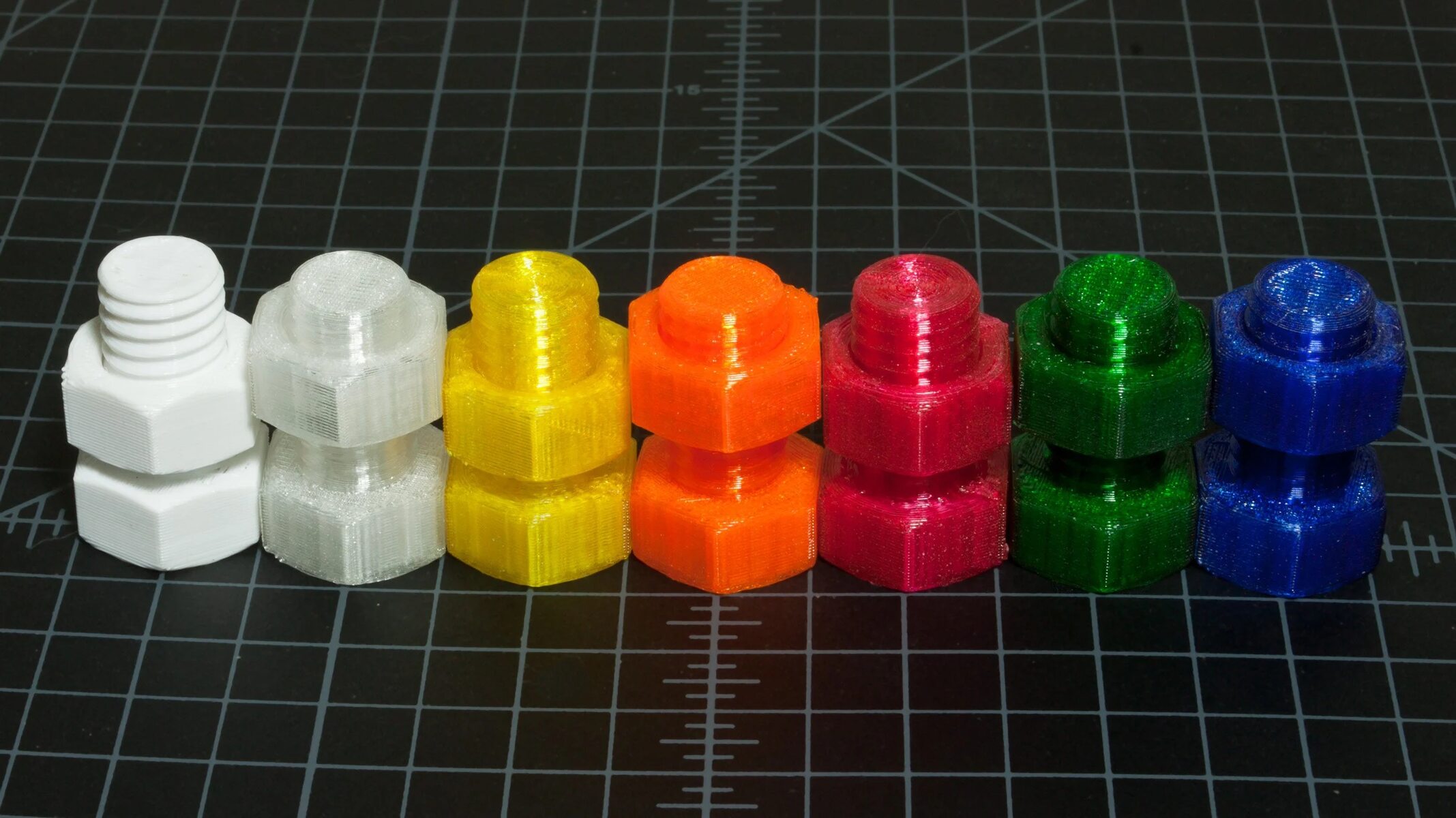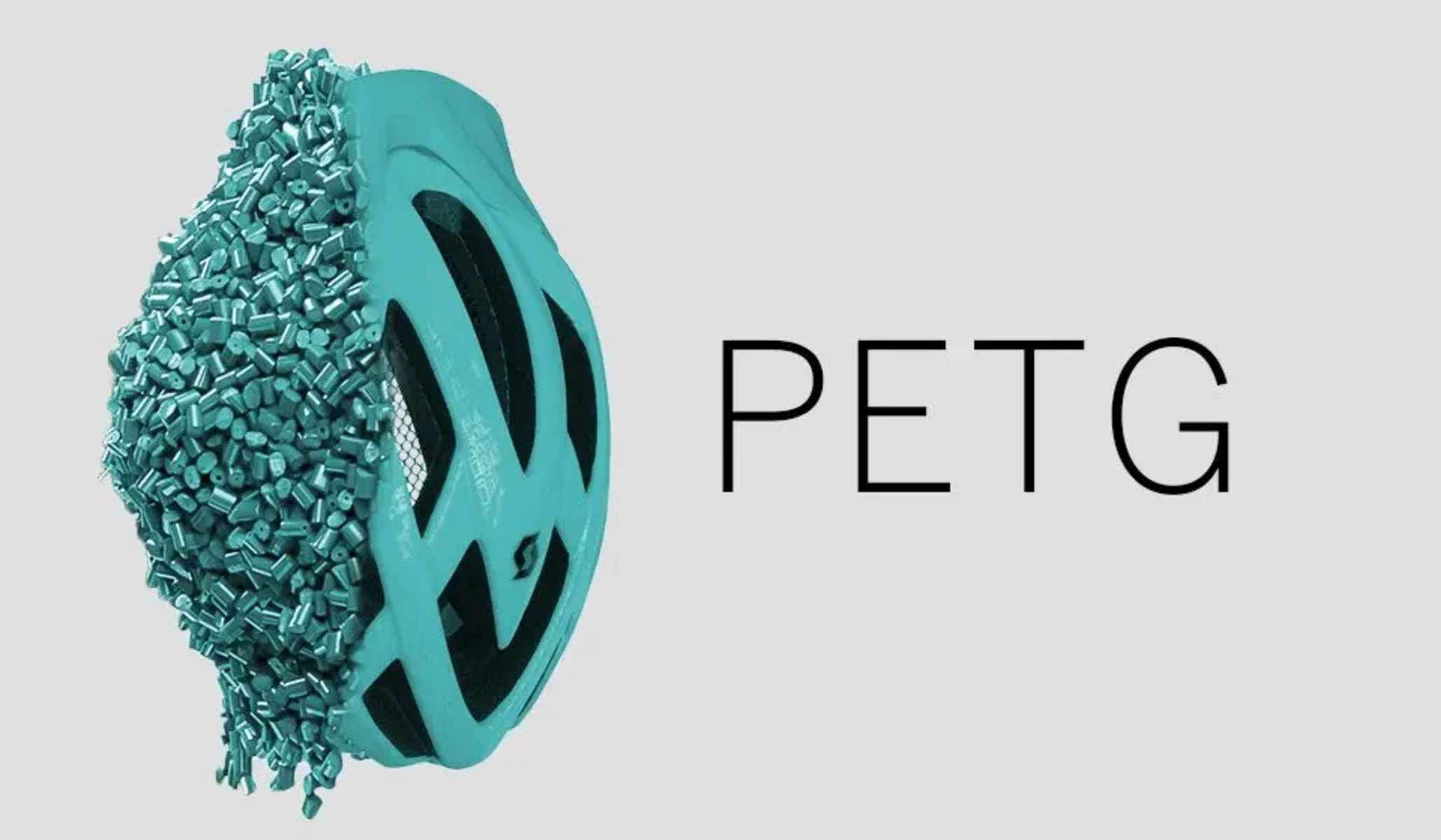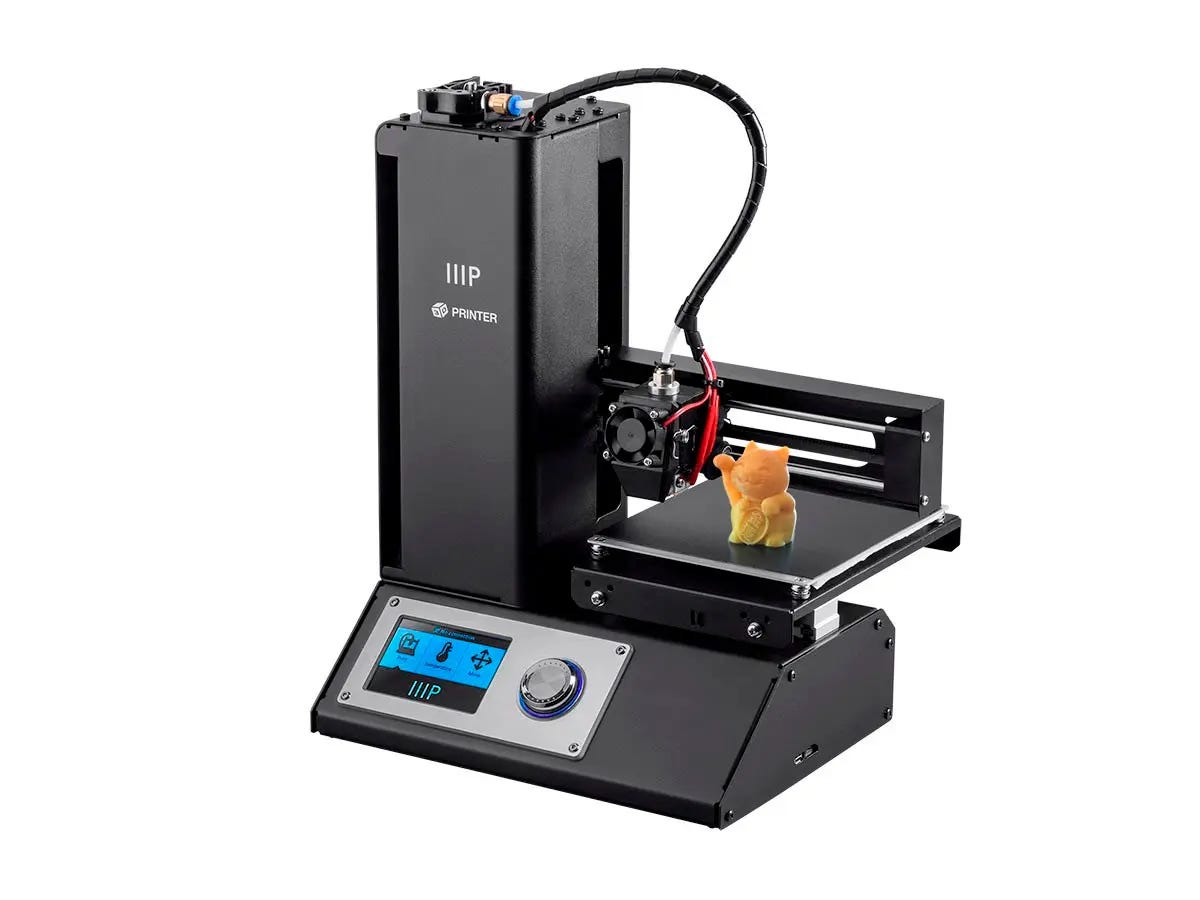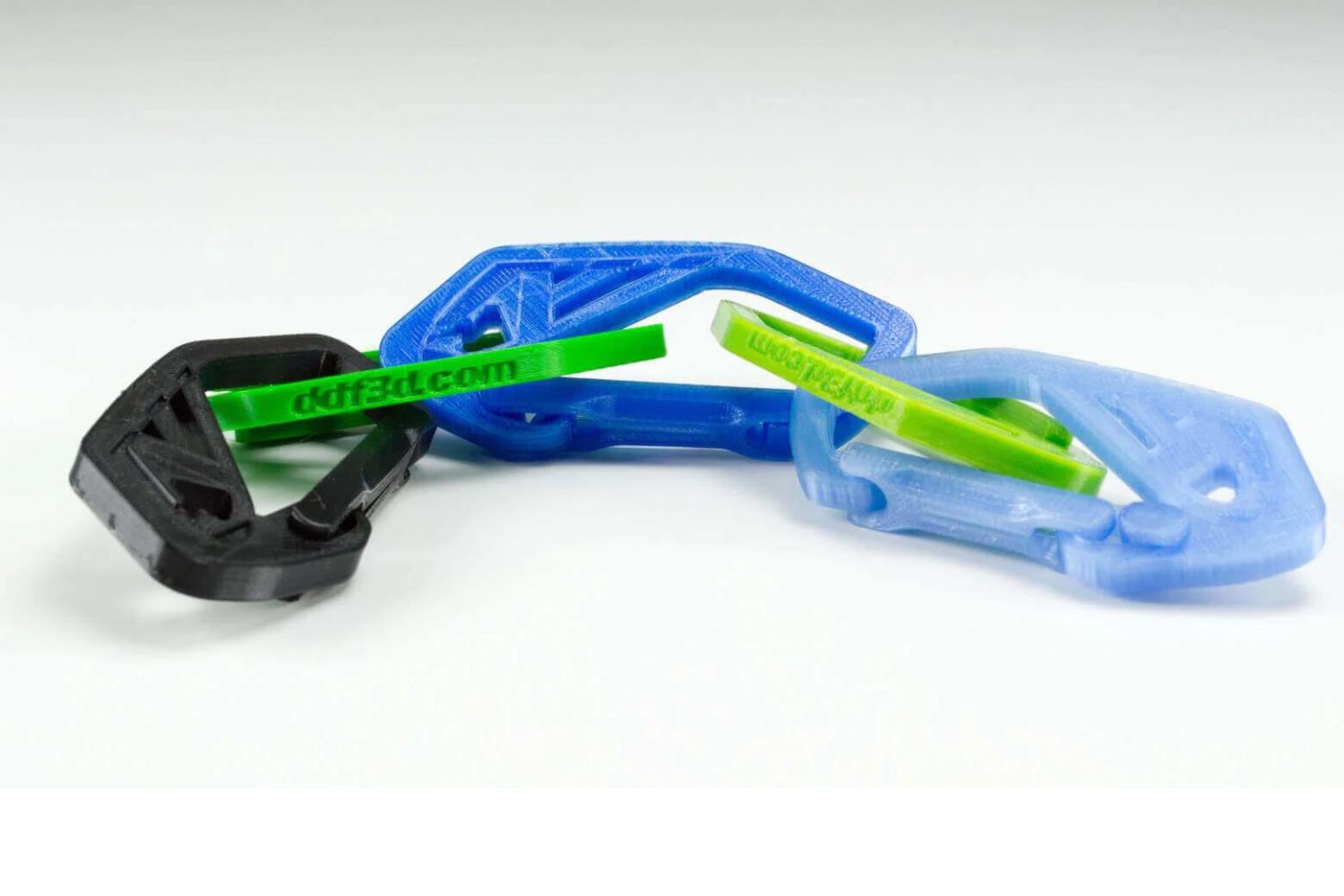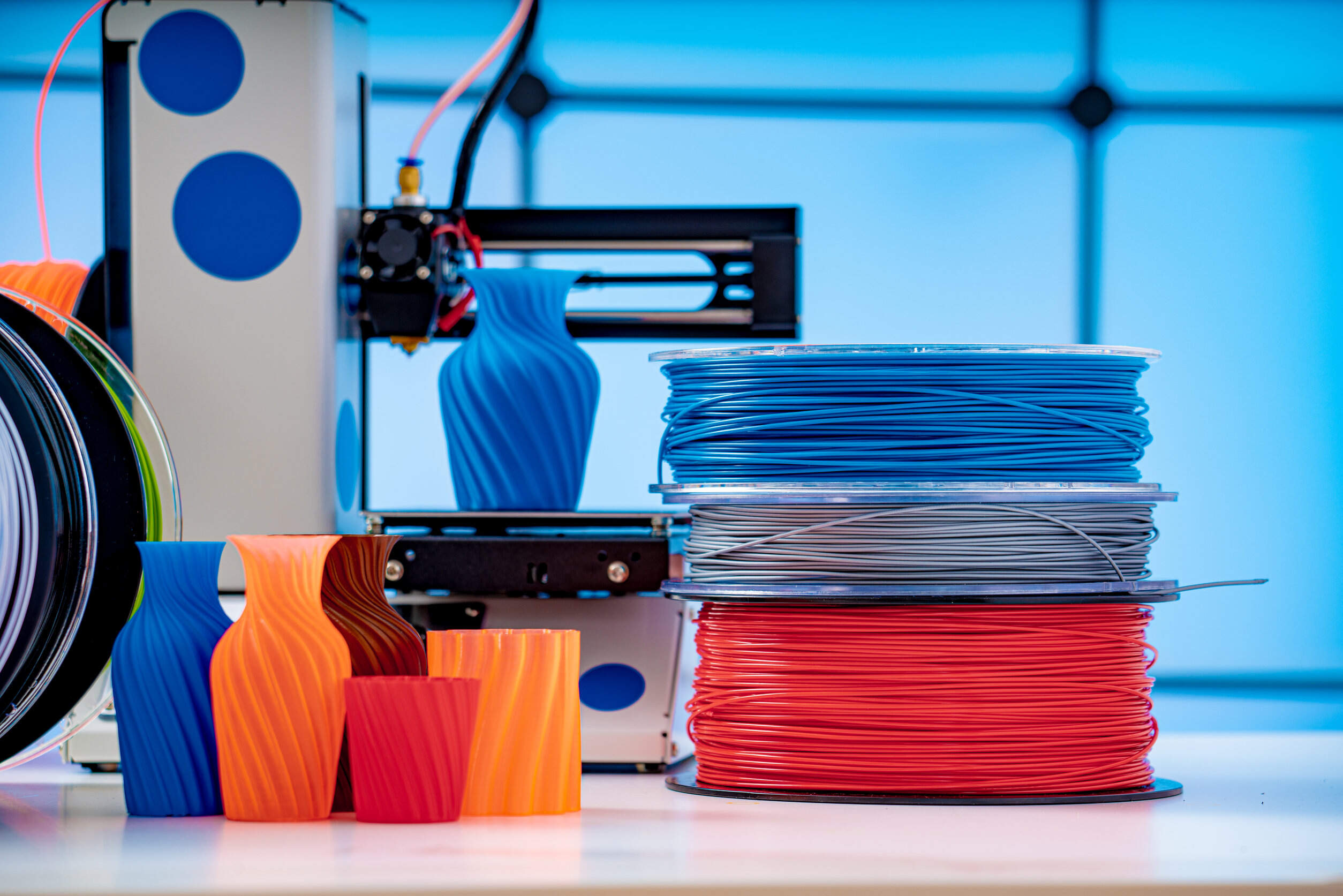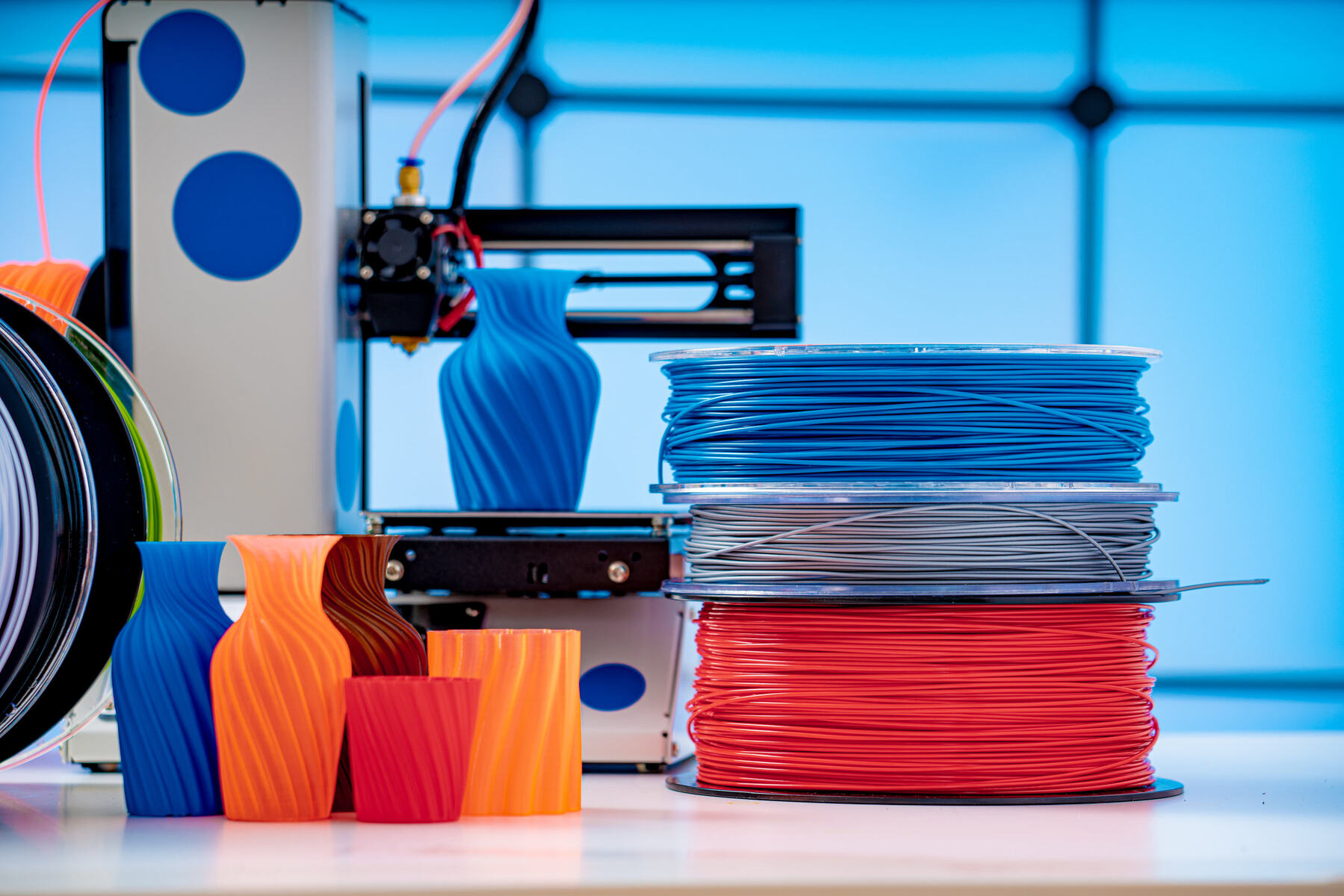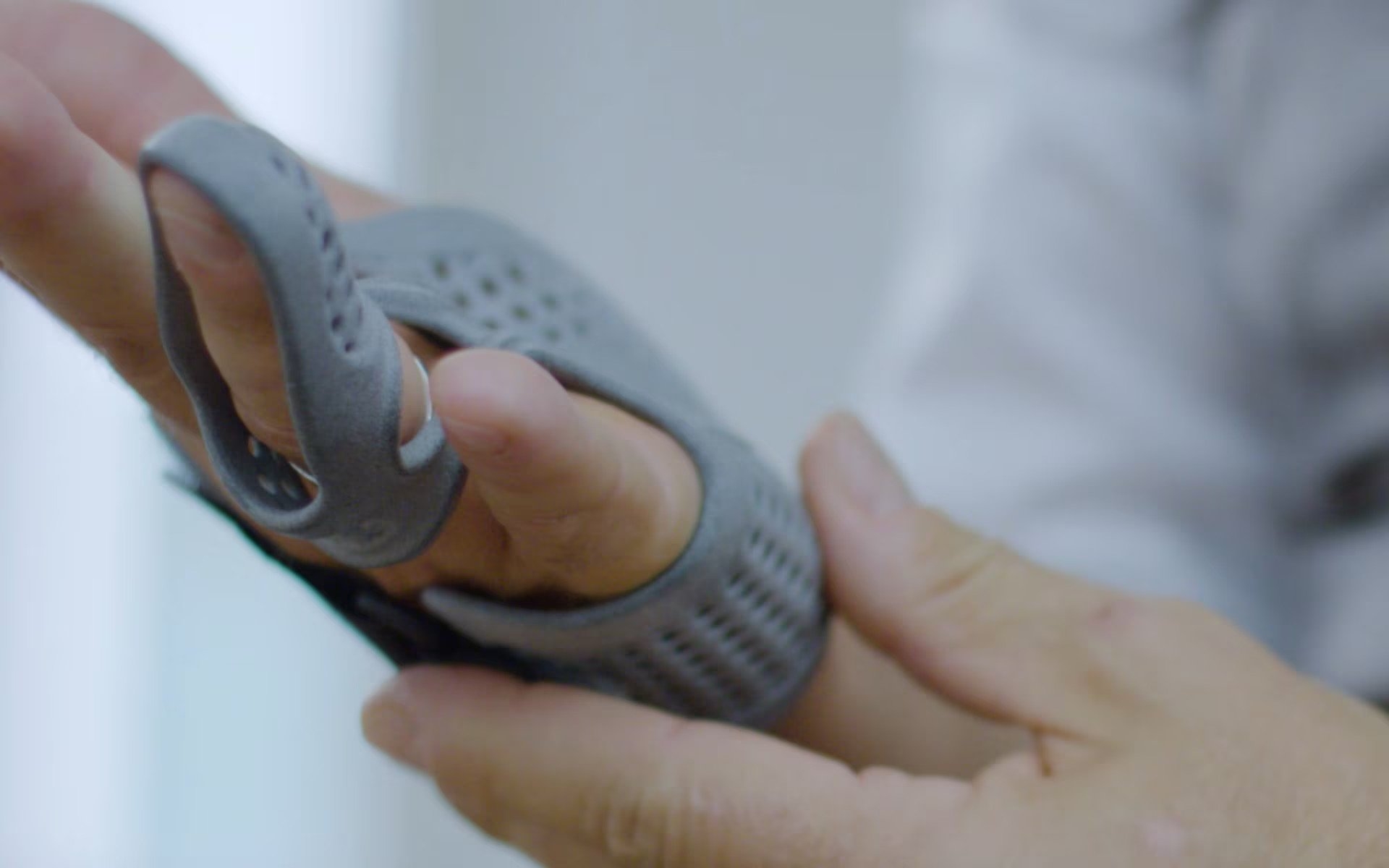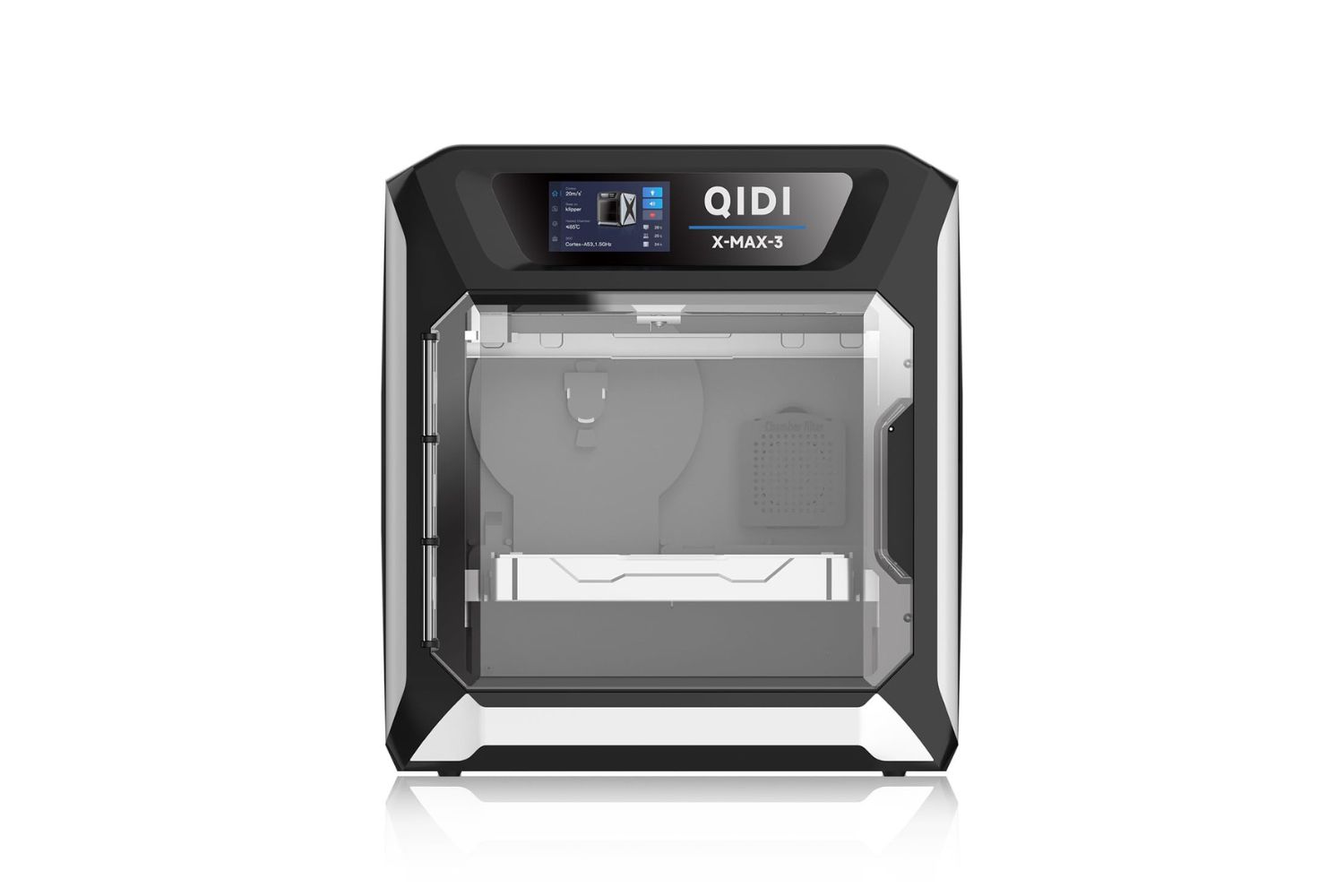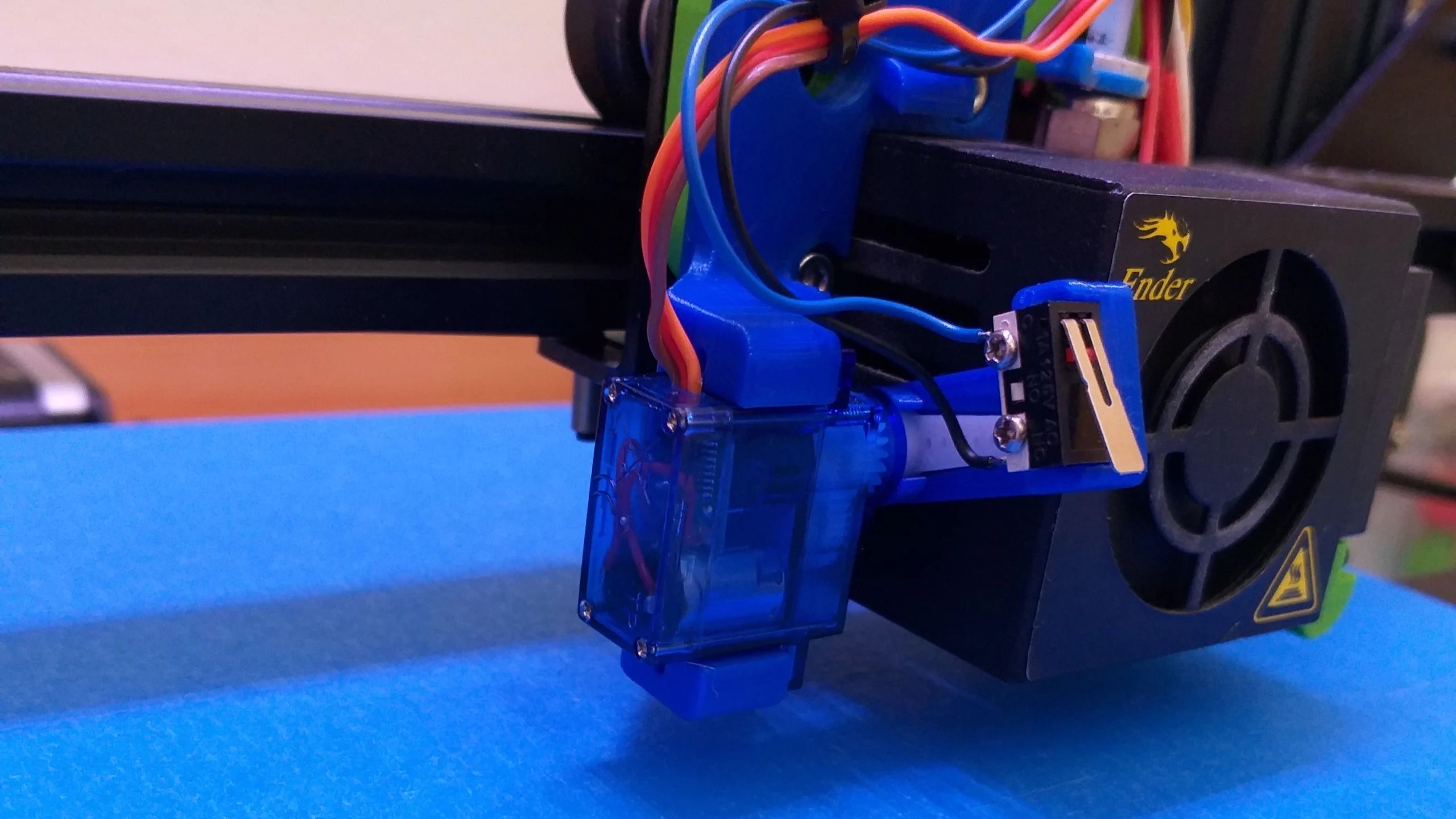Introduction
Welcome to the world of 3D printing! If you’re new to this technology or looking to expand your knowledge, you’ve come to the right place. In this article, we’ll be focusing on one of the most versatile and popular 3D printing materials: PETG. Whether you’re an experienced enthusiast or just starting out, understanding the basics of PETG can help you unlock a whole new level of creativity and functionality in your prints.
PETG, which stands for polyethylene terephthalate glycol-modified, is a thermoplastic copolyester that offers a great balance between strength, durability, and ease of use. It combines the benefits of both PLA (polylactic acid) and ABS (acrylonitrile butadiene styrene) filaments, making it a preferred choice for a wide range of applications.
In the following sections, we’ll explore the benefits of PETG, how it compares to other filaments, printing tips, post-processing techniques, and common uses. By the end of this article, you’ll have a solid understanding of PETG and be ready to take your 3D printing projects to the next level.
What Is PETG?
PETG is a type of plastic filament used in 3D printing. As mentioned earlier, PETG stands for polyethylene terephthalate glycol-modified. It is a copolyester, which means it is composed of a combination of different monomers to achieve specific properties. PETG is known for its excellent strength, durability, and flexibility, making it a popular choice among 3D printing enthusiasts and professionals alike.
One of the key characteristics of PETG is its transparency. Unlike opaque filaments such as ABS, PETG has a higher level of clarity, allowing for the creation of transparent or translucent parts. This makes it ideal for applications where visual appeal and aesthetics are important.
In addition to its visual qualities, PETG is also highly resistant to impact and can withstand various environmental conditions. It has good chemical resistance, making it suitable for use in industries such as automotive, aerospace, and medical. PETG is also FDA-approved for food contact, making it a safe choice for 3D printed utensils, containers, and other culinary applications.
Another notable feature of PETG is its low shrinkage rate during printing. This means that PETG prints have minimal warping and distortion, resulting in more accurate and reliable prints. It also has a wide temperature range for extrusion, allowing for greater versatility in printer settings.
One important thing to note is that PETG requires a heated bed for proper adhesion to the printing surface. The recommended temperature for the bed is around 70-80°C, although this may vary depending on the specific brand and filament diameter used. Additionally, a heated enclosure or higher ambient temperatures can help minimize the risk of cracking or layer separation during the printing process.
Overall, PETG is a versatile and reliable filament that strikes a balance between strength, flexibility, and visual appeal. Its transparency, impact resistance, chemical resistance, and minimal shrinkage make it a go-to choice for a wide range of applications. Whether you’re creating functional prototypes, artistic designs, or everyday objects, PETG is an excellent material option for your 3D printing projects.
The Benefits of PETG
PETG offers a multitude of advantages that make it a popular choice among 3D printing enthusiasts. Let’s take a closer look at some of the key benefits of using PETG filament:
- Strength and Durability: PETG is known for its excellent strength and durability. Prints made with PETG filament have a higher resistance to impacts and are less prone to cracking or breaking compared to other types of filaments. This makes PETG ideal for functional parts that require reliable and long-lasting performance.
- Flexibility: Unlike some brittle filaments, PETG offers a certain level of flexibility. This means that prints made with PETG can withstand bending and twisting without snapping easily. This flexibility makes PETG suitable for applications where a degree of flexibility is required, such as hinges, springs, or mechanical components.
- Chemical Resistance: PETG exhibits good chemical resistance, making it resistant to a variety of substances including oils, greases, and acids. This property makes it a suitable choice for applications in industries that require resistance to chemical exposure, such as automotive, chemical processing, and medical fields.
- Transparency: PETG has excellent optical properties and offers high clarity. This transparency makes it a great option for producing parts that require visibility or light transmission, such as light diffusers, clear enclosures, or medical devices.
- Low Shrinkage: PETG has a lower shrinkage rate during printing compared to materials like ABS. This means that PETG prints are less likely to warp or distort, resulting in more accurate and dimensionally stable prints. This makes PETG easier to work with, particularly for larger or more complex prints.
- Food Safe: PETG is FDA-approved for food contact, making it a safe and reliable material for creating 3D printed utensils, containers, and food packaging. It is also odorless, which ensures that prints made with PETG do not introduce any unwanted flavors or odors to the food.
When combined, these benefits make PETG a versatile and highly practical filament choice for a wide range of applications. It offers strength, durability, flexibility, chemical resistance, transparency, low shrinkage, and food safety. Whether you’re printing functional prototypes, artistic creations, or everyday objects, PETG can provide the performance and reliability you need.
How Does PETG Compare to Other Filaments?
PETG stands out among other commonly used 3D printing filaments due to its unique combination of properties. Let’s compare PETG to some of the other popular filaments:
- PLA (Polylactic Acid): PLA is known for its ease of use, low warping, and biodegradability. PETG, on the other hand, offers better durability, chemical resistance, and flexibility. While PLA is suitable for simple prints and prototypes, PETG is a better choice for parts that require stronger mechanical properties.
- ABS (Acrylonitrile Butadiene Styrene): ABS is highly durable and temperature resistant, making it suitable for functional parts. However, ABS is more prone to warping and emits strong fumes during printing. PETG is less likely to warp, has better layer adhesion, and does not produce fumes, making it a safer and more user-friendly alternative to ABS.
- Nylon: Nylon is known for its high strength, toughness, and impact resistance. However, it can be more challenging to print with due to its high moisture absorption and higher printing temperatures. PETG offers similar strength and toughness, but with easier printing characteristics and less sensitivity to moisture.
- TPU (Thermoplastic Polyurethane): TPU is a flexible filament known for its elasticity and impact resistance. While TPU is excellent for producing flexible parts, it may be too soft for some applications. PETG offers a good balance between flexibility and rigidity, making it suitable for parts that require some level of flexibility but with higher strength and durability.
- PC (Polycarbonate): PC is a very strong and heat-resistant filament, suitable for applications that require high-temperature resistance, such as aerospace parts or engineering prototypes. PETG, though not as heat resistant as PC, still exhibits good heat resistance while being easier to print and post-process.
Overall, PETG offers a favorable combination of strength, durability, flexibility, ease of use, and a wide temperature range for printing. It strikes a balance between the properties of different filaments, making it suitable for a broad range of applications. Whether you need strong and impact-resistant parts, chemical resistance, or transparent prints, PETG is a reliable choice in the world of 3D printing.
Printing Tips for PETG
While PETG is a versatile and user-friendly filament, there are a few key considerations and tips that can help you achieve the best results when printing with it. Here are some important tips to keep in mind:
- Temperature Settings: PETG typically requires a higher print temperature compared to PLA. Start with a nozzle temperature of around 230-250°C and adjust accordingly based on your printer and filament brand. It’s important to find the optimal temperature that balances print quality and adhesion.
- Heated Bed: PETG benefits from using a heated bed with a temperature ranging from 70-80°C. The heated bed helps to minimize warping and ensure proper adhesion to the printing surface. Applying a thin coat of adhesive, such as hairspray or glue stick, can further improve bed adhesion.
- Print Speed: PETG is best printed at a slower speed compared to PLA to minimize stringing and ensure better layer adhesion. Start with a print speed of around 30-60mm/s and adjust as needed based on your printer’s capabilities and the complexity of the print.
- Fan Cooling: Unlike PLA, PETG may not require an active cooling fan during printing. In fact, using a cooling fan can cause rapid cooling and lead to layer adhesion issues. It’s recommended to have a cooling fan set at a very low speed or turn it off completely for most PETG prints.
- Layer Height: PETG performs well with a range of layer heights. For optimal results, start with a layer height of around 0.2mm and adjust based on your specific requirements. Remember to consider the nozzle diameter and bed leveling to ensure proper adhesion and print quality.
- Enclosure and Ambient Temperature: PETG prints can benefit from a slightly higher ambient temperature or an enclosed print chamber. This helps to prevent rapid cooling and reduce the risk of warping or cracking during the printing process. An enclosure can also help maintain a stable temperature throughout the print.
- Post-Processing: PETG is easier to post-process compared to more brittle materials like ABS. Sanding, drilling, painting, and gluing can be done to achieve desired finishes or assemble parts. PETG can also be smoothed using specific chemical treatments or by applying a clear coating to enhance its transparency.
By following these tips, you’ll be on your way to successfully printing with PETG. Remember that each printer and filament brand may have slight variations, so experimentation and tuning are essential to finding the ideal settings for your specific setup. With practice and patience, you’ll be able to harness the full potential of PETG and create high-quality, functional, and aesthetically pleasing prints.
Post-Processing and Finishing Techniques for PETG Prints
Once you’ve completed the 3D printing of your PETG parts, you might want to further enhance their appearance or functionality through post-processing and finishing techniques. Here are some techniques you can employ to achieve the desired results:
- Sanding: PETG is relatively easy to sand, allowing you to smoothen the surfaces and remove any visible layer lines. Start with a lower grit sandpaper (e.g., 80 or 120) to remove larger imperfections, and gradually move to higher grits (e.g., 220, 320, and beyond) for a smoother finish. Use wet sanding for better results and to minimize dust.
- Drilling and Tapping: If your PETG prints require holes for assembly or mounting, you can use standard drilling techniques. PETG is easy to drill, but it’s recommended to start with a smaller drill bit and gradually increase the size to ensure clean and accurate holes. You can also tap threads into PETG if necessary.
- Painting: PETG accepts paint well, allowing you to add color or decorative finishes to your prints. Before painting, sand the surface gently to create a better bonding surface. Apply a primer to improve paint adhesion and then use acrylic or spray paints to achieve the desired colors and effects.
- Chemical Smoothing: While not as common as with other filaments, PETG can be smoothed using specific chemical treatments such as MEK (Methyl Ethyl Ketone) or acetone vapor smoothing. This technique involves exposing the printed parts to the vapors of the chemicals, which helps melt and smooth the surface, resulting in a glossy finish. Be cautious when handling these chemicals, as they can be hazardous if not used properly.
- Clear Coating: If you want to enhance the transparency and glossy appearance of your PETG prints, you can apply a clear coating. There are various clear spray coatings or epoxy resins available that can give your prints a smooth and shiny finish. Make sure to follow the instructions provided by the manufacturer for best results.
- Assembly and Joining: Depending on your project, you may need to join multiple PETG parts together. Methods such as adhesive bonding, heat welding, or solvent welding can be used to securely attach parts. Ensure that the joining technique you choose is compatible with PETG and provides the desired strength and aesthetics for your assembly.
Remember to experiment and test these post-processing techniques on scrap or inconspicuous areas of your prints first, as each method may have different effects and results on PETG. Additionally, always prioritize safety by working in a well-ventilated area and following proper safety guidelines when using chemicals or power tools.
By utilizing these post-processing and finishing techniques, you can add that extra level of detail, smoothness, and functionality to your PETG prints. Whether you’re aiming for professional-looking prototypes, highly detailed models, or unique artistic creations, these methods will help you achieve the desired result and take your PETG prints to the next level.
Common Uses for PETG
PETG is a versatile filament that finds application in various industries and a wide range of projects. Its unique combination of strength, durability, flexibility, and transparency make it suitable for a multitude of applications. Here are some common uses for PETG:
- Functional Prototypes: PETG is an excellent choice for creating functional prototypes, as it provides the necessary strength and durability required for testing form, fit, and function. It delivers superior mechanical properties compared to more brittle filaments like PLA, making it ideal for parts that need to withstand stress and strain.
- End-Use Parts: The strength and durability of PETG make it suitable for producing end-use parts that require reliability and longevity. PETG parts are commonly used in mechanical components, brackets, hinges, gears, and enclosures. Its impact resistance and flexibility allow for long-lasting parts that can withstand repeated use and mechanical stress.
- Transparent Applications: PETG’s high clarity and transparency make it an ideal choice for projects that require see-through or translucent parts. It is commonly used in applications such as light diffusers, signage, display cases, medical devices, and automotive lighting components.
- Food-Safe Objects: PETG is FDA-approved for food contact, making it a safe and reliable material for 3D printing culinary items. It is commonly used to create food containers, utensils, plates, and other food-safe products. PETG’s low absorption rate ensures that it does not leach any harmful substances into the food.
- Artistic and Decorative Objects: PETG’s versatility extends to artistic and decorative projects as well. Its ability to print intricate details, combined with its transparency and ease of post-processing, allows for the creation of stunning sculptures, jewelry, figurines, and other artistic creations.
- Medical Devices and Models: The chemical resistance and ability to withstand sterilization make PETG a suitable material for creating medical models, simulation aids, and prosthetics. Additionally, its transparency allows for clear anatomical models and guides for medical procedures.
- Education and STEM Projects: PETG is widely used in educational settings for STEM (Science, Technology, Engineering, and Mathematics) projects. Its durability, ease of use, and wide range of color options make it ideal for teaching 3D printing, prototyping, and problem-solving skills in schools and makerspaces.
These are just a few examples of the many applications for PETG. Its versatility and excellent performance characteristics make it a favored choice for a wide variety of industries and projects. Whether you’re a hobbyist, professional, or educator, PETG’s adaptability and reliability will help you bring your ideas to life.
Conclusion
PETG is a remarkable filament that offers a unique combination of strength, durability, flexibility, and transparency, making it a versatile and highly sought-after material for 3D printing. Its exceptional properties make PETG suitable for a wide range of applications, from functional prototypes and end-use parts to artistic creations and educational projects.
With PETG, you can confidently create parts that require mechanical strength, impact resistance, and long-term reliability. Its transparent nature opens up possibilities for producing clear or translucent objects, including light diffusers, medical devices, and decorative pieces. The fact that PETG is FDA-approved for food contact further expands its utility, allowing for the creation of safe and reliable culinary items.
By following the appropriate printing tips, such as using the right temperature settings, a heated bed, and adjusting print speed, you can achieve optimal results with PETG. Additionally, post-processing techniques like sanding, painting, or chemical treatments can further enhance the appearance and functionality of your printed parts.
Whether you’re an experienced 3D printing enthusiast or just getting started, PETG is a material that offers endless possibilities. Its ability to strike a balance between strength, flexibility, and visual appeal makes it a reliable choice for a broad range of projects. From functional prototypes and mechanical parts to artistic designs and educational models, PETG empowers you to bring your ideas to life with confidence and precision.







